A Closer Look
Soy Overview
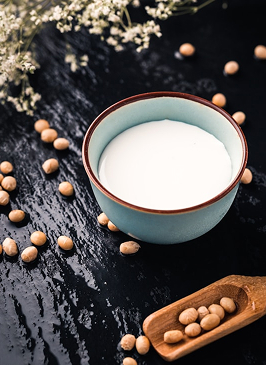
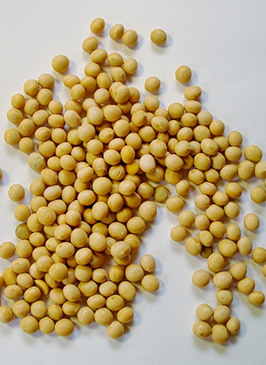
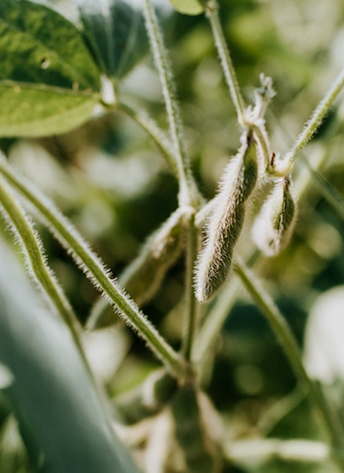

Soy
Behind the Commodity: What Soy Really Tells Us
Soy is everywhere — in food, feed, fuel, and even cosmetics. As one of the world’s most traded agricultural commodities, it covers more than 120 million hectares globally, with Brazil, the U.S., and Argentina leading production (FAO, 2023). But soy’s rapid expansion has come with a cost: deforestation, land conflict, and growing scrutiny from regulators and conscious consumers.
The Problem: Deforestation, Land Use, and Lack of Visibility
Soy is a leading driver of deforestation in Latin America. The Cerrado biome in Brazil — a vital biodiversity hotspot — has lost over 50% of its native vegetation, much of it cleared for soy farming (WWF, 2022).
Now, the EU Deforestation Regulation (EUDR) demands that all soy entering the European market be proven free from deforestation after December 2020. That means precise geolocation data, verified land use history, and full supply chain traceability — things many producers and traders currently lack.
Meanwhile, soy is often traded in bulk through complex commodity flows, making it hard to trace specific origins or separate compliant and non-compliant sources.

The Cost: Market Access and Brand Risk
Without traceability, soy exporters and traders risk losing access to the EU — the world’s second-largest importer of soy products. A 2023 study by Trase found that more than 60% of Brazil’s soy exports to the EU may be linked to deforestation risk (Trase, 2023).
Brands and retailers relying on soy in their supply chains — whether for animal feed, processed foods, or biofuels — face reputational risk and potential regulatory penalties without proof of clean sourcing.
For producers, the lack of traceability means being lumped in with bad actors, even if their land is fully compliant.

The Opportunity: Traceability for Clean Trade
With the right tools, producers, traders, and exporters can:
Map soy fields using GPS and satellite data
Prove compliance with EUDR and zero-deforestation policies
Track soy from farm to silo to shipment
Provide buyers with transparent sourcing reports
This builds trust, protects market access, and creates a clear pathway to compliance.
As Cristiane Oliveira, sustainability lead at Embrapa, says: “Soy traceability is no longer a nice-to-have — it’s a requirement for accessing modern markets.”

What We’re Doing About It
Palmyra is working with soy cooperatives and exporters in Brazil and Paraguay to implement scalable, field-level traceability systems. Our platform enables:
Digital land boundary verification
EUDR-compliant supply chain documentation
Batch-level tracking and automated reporting
We’re helping producers stay ahead of regulation — and use transparency as a tool for growth.
“We knew our soy was clean. Now we can prove it — and buyers take us seriously.”
— Lucas Ribeiro, Soy farmer, Mato Grosso

Traceability Isn’t About Tech — It’s About Trust
In today’s regulatory climate, traceability is the bridge between ethical production and global opportunity.
The 2025 Checklist for Traceable and Trusted Soy
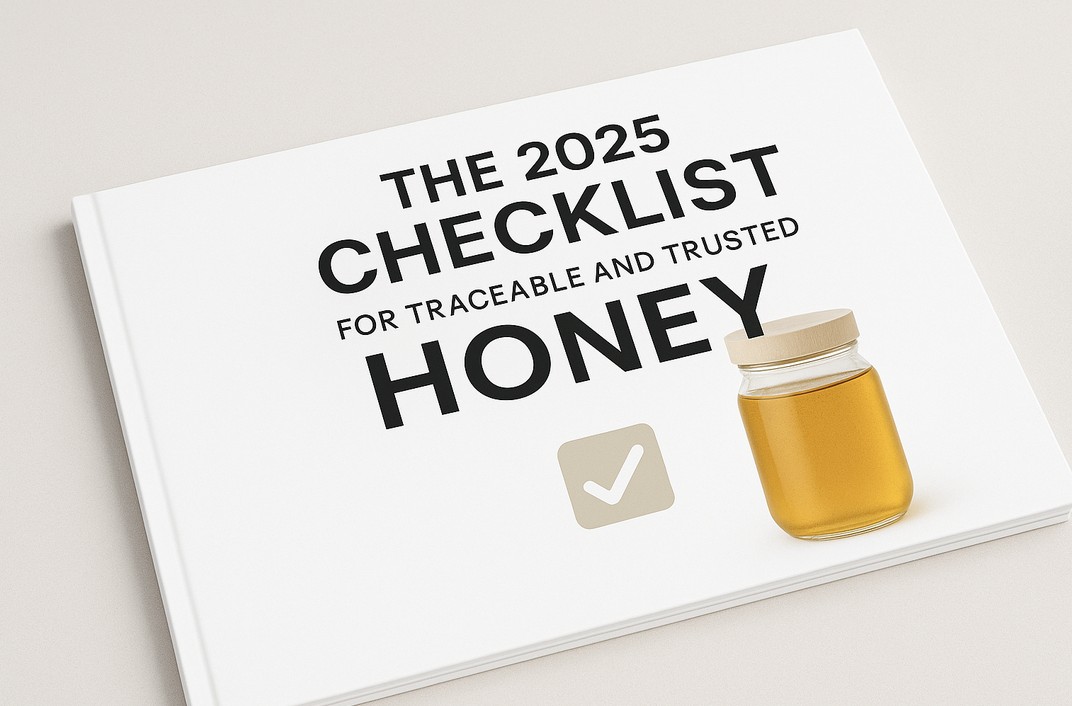

Theodore Morisis
Director of Business Development Palmyra®
From Olive Groves to Blockchain:
Greek Olive Oil Tokenization
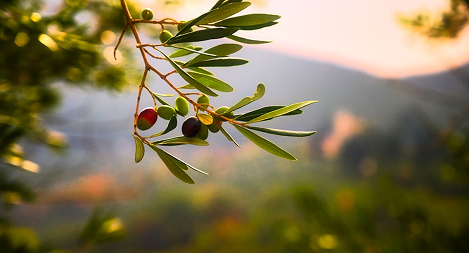
Main Regions
Nigeria
Boki, Nigeria
Focus Areas
Traceability
Tokenization
Solutions
Palmyra Pro
Palmyra App
MOUs Signed
Municipality of Rhodes
Municipality of Messini